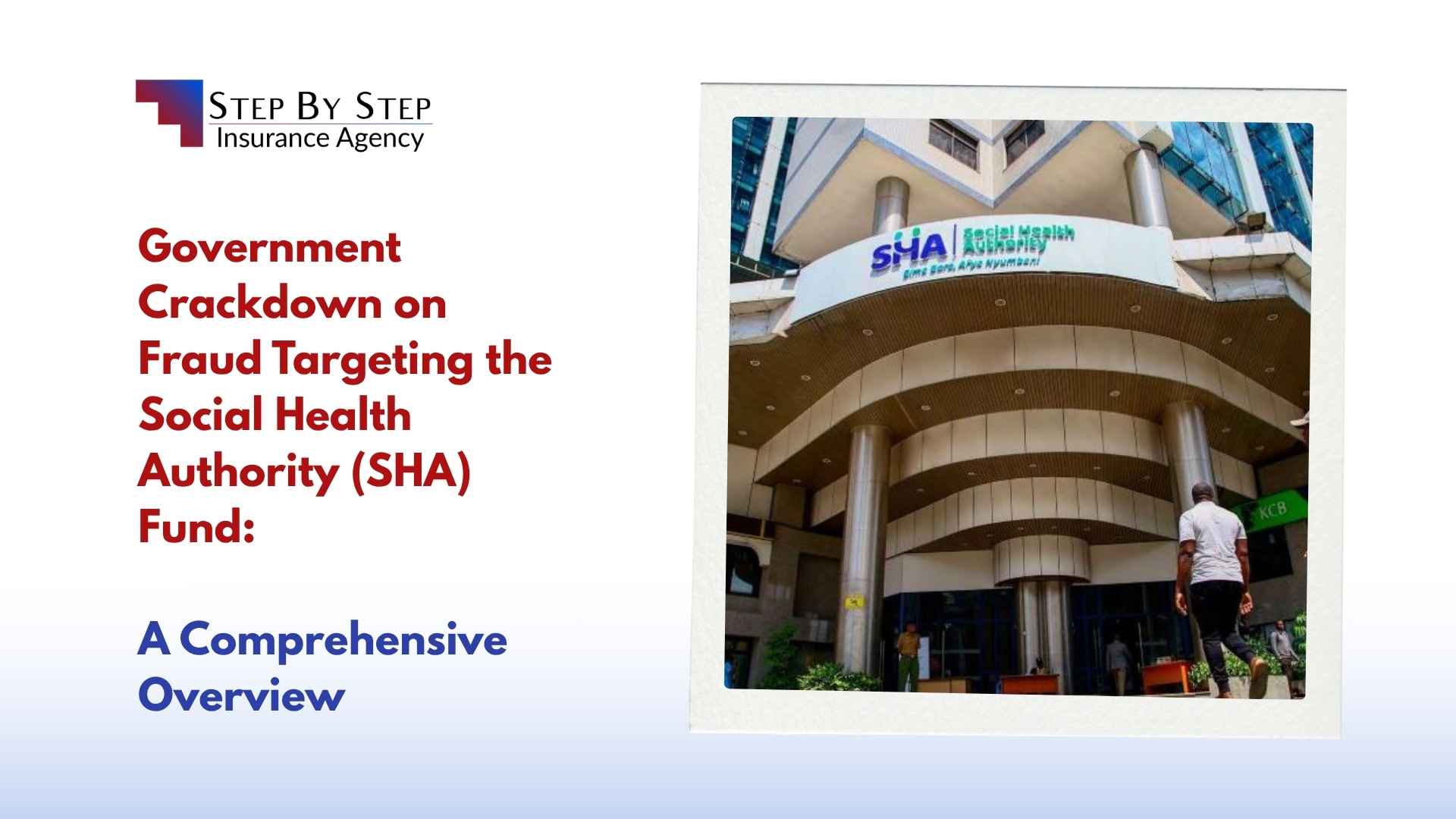MPs to Discuss SHIF Failure with SHA Boss: Addressing Challenges and Corrective Measures
The Social Health Insurance Fund (SHIF) in Kenya, intended to revolutionize healthcare access, has faced significant challenges since its rollout. These issues have prompted Members of Parliament (MPs) to hold a retreat with the Social Health Authority (SHA) boss, Mohamed Abdi, to discuss the failures and potential corrective measures. This article explores the challenges faced by SHIF, the reasons behind these issues, and the proposed solutions to address them.
Background of SHIF and SHA
The Social Health Insurance Fund (SHIF) was designed to replace the National Health Insurance Fund (NHIF) as part of Kenya’s broader universal healthcare plan. The transition to SHIF aimed to improve healthcare accessibility and affordability for all Kenyans. However, the rollout has been marred by numerous setbacks, leading to public outcry and legislative intervention2.
Challenges Faced by SHIF
- Technical Glitches: One of the primary issues with SHIF is the persistent technical problems in its digital systems. Many healthcare providers have reported difficulties logging into the SHA system, with a significant number lacking the necessary credentials to access it. This has severely limited their ability to treat patients effectively2.
- Claims Processing Issues: The digital claims processing system has been plagued by failures, forcing healthcare providers to revert to manual claims forms. This regression has delayed patient care and complicated billing processes2.
- Patient Verification Problems: The success rate for patient verification stands at only 50%, with many hospitals struggling with incorrect family member registration details.
- Legal and Administrative Challenges: There are ongoing legal challenges concerning the implementation of SHIF, with some provisions of the Social Health Insurance Act declared unconstitutional by the High Court. Despite this, the rollout proceeded without addressing these legal issues, leading to further confusion and inefficiencies.
- Public Participation and Transparency: There have been concerns about the lack of public participation in the project and exclusion of major interest groups. Additionally, there are questions about transparency in data management and procurement processes related to SHIF’s implementation.
Public and Stakeholder Reactions
The response from healthcare providers has been overwhelmingly negative due to inadequate training and support from SHA. Public health officials and patient advocacy groups have also expressed concern over these ongoing issues, calling for transparency and accountability from SHA leadership2.
Government and SHA Responses
In response to these challenges, SHA leadership has acknowledged the difficulties but emphasized their commitment to resolving them. They are actively working on solutions such as enhancing training programs for healthcare providers, addressing technical glitches, and improving communication regarding benefits and coverage options2.
Proposed Corrective Measures
- Enhancing Training Programs: SHA plans to improve training for healthcare providers to ensure they are better equipped to handle the new system. This includes formal training in pre-authorization and claims management for surgical patients2.
- Addressing Technical Glitches: Efforts are being made to resolve technical issues in the digital claims management system. This includes addressing security flaws and operational issues that have hindered effective claims processing2.
- Improving Communication: SHA aims to enhance communication with stakeholders regarding benefits and coverage options under SHIF. This includes providing clear information about what services are covered and how patients can access them2.
- Legal Reforms: Addressing the legal challenges surrounding SHIF is crucial. This involves revising unconstitutional provisions of the Social Health Insurance Act and ensuring compliance with court orders3.
- Public Participation: Increasing public participation in the project is essential for its success. This includes involving major interest groups in decision-making processes and ensuring transparency in data management and procurement.
Conclusion
The rollout of SHIF has faced significant challenges that require urgent attention. By addressing technical glitches, improving training for healthcare providers, ensuring legal compliance, and enhancing public participation, there is potential for a smoother transition moving forward. Stakeholders must continue to engage in open dialogue to facilitate improvements that ultimately benefit patients across Kenya





